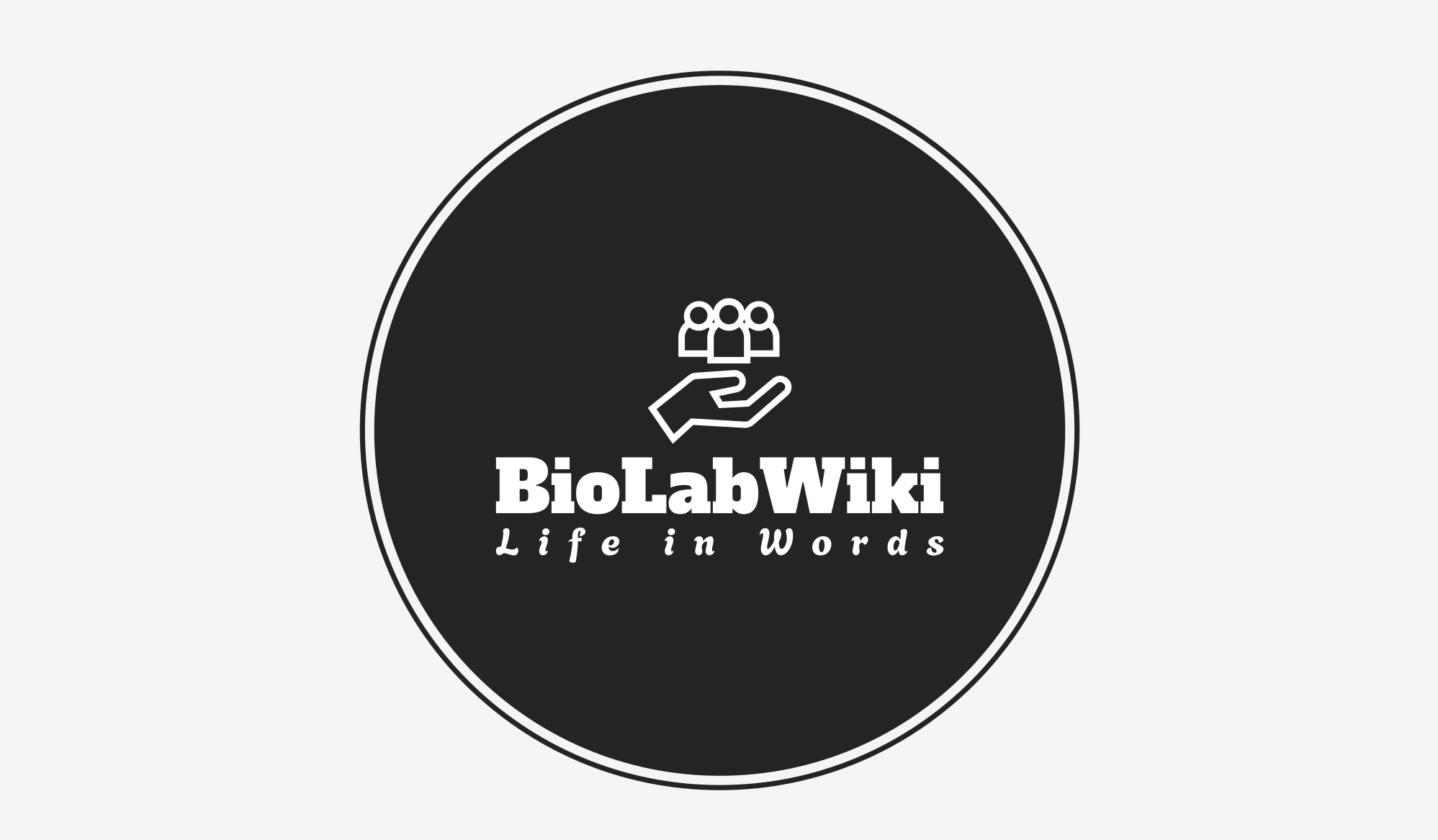Artificial intelligence (AI) keeps pushing the boundaries of what is conceivable in the rapidly changing field of digital content creation. From creating hyper-realistic images to reclining editing operations, artificial intelligence (AI) has swiftly become a vital tool for marketers, social media influencers, filmmakers, and content producers. Face Swap AI and Lip Sync AI are two of the best innovations; they are revolutionizing photo editing and video editing in unprecedented ways.
The Age of Smart Editing
AI can now create effects in a matter of minutes, whereas standard editing methods used to require hours, if not days, of manual labor. The ability of AI to automate rephrases while preserving creative accuracy sets it apart in the modern editing suite, whether you are creating interactive media, retouching photos, or altering a scene in a film.
In particular, editors and artists have expressed interest in Face Swap AI. This technique allows users to take out faces in a photo or video while maintaining sensible expressions, skin tone, and lighting. Face Swap AI is now used in professional filmmaking, game development, and advertising in addition to its original application in social media filters.
What Is Face Swap AI?
Face Swap AI is the process of automatically identifying, mapping, and replacing faces in visual material using machine learning models, usually deep learning networks like GANs (Generative Adversarial Networks). For smooth transitions, it uses intricate facial recognition algorithms to scan facial landmarks, assess lighting, and mimic facial expressions.
Face Swap AI was first made popular by apps like FaceApp and Snapchat, but it has now developed into a powerful toolkit that can create photorealistic effects. These days, it is employed for everything from identity concealing in delicate media to deepfakes in movies.
Use Cases Include:
- Replacing an actor’s face during post-production.
- Privacy protection in documentary footage.
- Re-creating historical figures for educational videos.
- Adding famous personalities to branded content.
With ethical usage and consent, the creative possibilities are nearly endless.
Enter Lip Sync AI: The Voice Behind the Visual
The goal of Lip Sync AI is to sync audio and video to create realistic mouth motions that correspond with spoken words, just like Face Swap AI concentrates on visual change. The ramifications of this technique for dubbing, virtual characters, and even fake news anchors are huge.
Lip Sync AI algorithms analyze speech patterns and map them to facial animation, either in a real human face or a 3D/animated model. This allows video creators to:
- Dub videos in multiple languages without losing facial realism.
- Create talking avatars for virtual assistants or explainer videos.
- Bring historical photos or paintings to life.
- Replace or modify dialogue in post-production.
For global brands looking to local content, Lip Sync AI highly reduces the cost and time joined with traditional dubbing. It also ensures a more consistent and engaging viewer experience across different languages.
Integration in Creative Workflows
Both Face Swap AI and Lip Sync AI are no longer experimental tech—they are being integrated into mainstream tools used by professionals and hobbyists alike.
Popular Platforms Utilizing These Tools:
- Adobe After Effects: With plugins and third-party tools now offering AI-powered face and mouth tracking.
- RunwayML: A cloud-based editing suite featuring drag-and-drop AI video tools.
- Reface App and Zao: Consumer apps offering real-time face swap and lip sync features for social media.
As these tools become more obtendable, creators from all backgrounds can harness advanced capabilities without needing extensive technical skills.
Ethical Considerations
Although AI has amazing promise for altering photos and videos, there are ethical issues with it. When using sophisticated tools like Face Swap AI, there is a serious risk of misinformation, identity theft, and deepfakes. Avoiding dishonest tactics and putting in place explicit permission procedures are crucial.
Professional-grade software platforms usually mix looks like watermarks, confirmation layers, and definable licensing for business use to confirm responsible usage. Maintaining validityrequires being forthright and honest with viewers, especially when it comes to journalistic, political, or instructional content.
The Future of AI-Advances Media
Looking ahead, the line between real and constructed media will continue to blur. Face Swap AI and Lip Sync AI are leading indicators of where content creation is headed—toward ultra-realistic, personalized, and hyper dynamic digital media.
Emerging trends include:
- Real-Time Face Swapping in AR/VR: Bringing attractive experiences to gaming, training, and virtual meetings.
- Interactive Avatars Powered by AI: Used in customer service, e-learning, and virtual publicists.
- AI-Produced Actors: Entire performances created without a physical actor, based on scripts and character profiles.
- Multilingual Virtual Presenters: AI that can speak any language, perfectly synced to facial movements and gestures.
In short, the compounding of AI with creative tools is not change human creativity—it’s improve it. With AI handling the technical barriers, artists can focus more on storytelling, emotion, and concepts.
Conclusion
A new era of innovation has begun with the pooling of Face Swap AI and Lip Sync AI into digital editing. These supplies not only provide economical and time-saving options, but they also provide access to completely new kinds of circulation. Whether you are a part of a huge production team or working as an independent content producer, these tools allow you to push limits in an artistic, ethical, and responsible manner.
AI’s function in influencing media in the future is becoming more apparent as it develops and becomes more widely available; it is not merely an editor’s tool but also a participant in the creative process.



